Playwright and actor Lolita Chakrabarti was born in Hull in 1969. In 2012, she was named most promising playwright at the Evening Standard awards for Red Velvet, which later transferred to the West End. Her adaptation of Life of Pi is at Sheffield Crucible from Friday-20 July, and she’s written Invisible Cities, inspired by Italo Calvino’s novel, for Manchester International festival (2-14 July). She is also currently in Sky Atlantic’s Riviera. She lives in London with her husband, the actor Adrian Lester, and their two children.
1. Restaurant
Aqua Shard
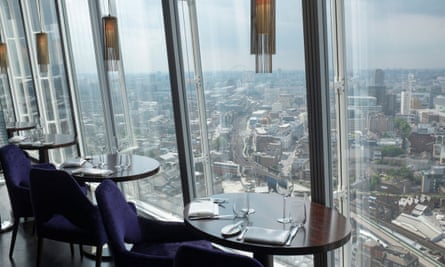
I recently turned 50. My husband, Adrian, and I have been together for 32 years, so it’s very hard to surprise each other after all that time but he did! He and our teenage girls planned many surprises throughout the day and then in the evening he took me to Aqua Shard for dinner. It is on the 31st floor of the Shard, near London Bridge. The views were spectacular. We had a very private table between mirrored pillars that looked out over London. The food was delicious. It was a very good birthday indeed.
2. Film
Capernaum
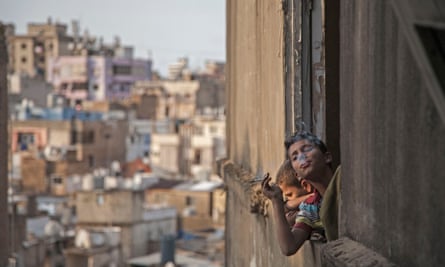
When I saw this, luckily I knew nothing about it so I could discover the story as it unfolded. It is a beautiful film, directed and co-written by Nadine Labaki. Set in an inner city in Lebanon, it follows a young boy whose family fail to look after him, so he has to survive alone on the streets. He befriends an Ethiopian woman with a baby and when she is locked up for being an illegal immigrant, he takes care of her baby as best as he can. The story is surprising and heartbreaking. The performances are excellent – very natural and truthful.
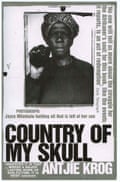
3. Book
Country of My Skull by Antjie Krog
Published in 1998, this is about the truth and reconciliation commission in South Africa after apartheid was dismantled. It’s an extraordinary and very difficult book of real testimony and soul-searching questions for everyone involved. It moved me in a way other books have not. I read it because I’m adapting The Elephant Whisperer by Lawrence Anthony for the stage. It’s about a conservationist, a herd of wild elephants and is set in South Africa in the late 90s. So the political situation of the time is essential to the story.
4. Television
Chernobyl (Sky/HBO)

This felt like old-school television – detailed characters, long scenes, less action, more acting. I was struck by the quality of the writing and how it didn’t cower from the very technical aspects of the story. It explained nuclear power to a non-nuclear-literate audience. It felt visceral and stark, with focused and deeply committed performances. It was devastating, top-grade television.
5. Dance
Rambert: McGregor/Motin/Shechter
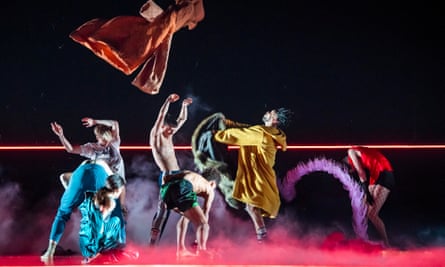
I went to see this at Sadler’s Wells because I was about to start working with Rambert on a new project. Each piece was the vision of a different choreographer – Wayne McGregor and Hofesh Shechter’s pieces were being produced after many years and Marion Motin’s piece was a debut. The skill of the dancers and the ideas in each piece were breathtaking. It made me very excited to be working with them.
6. Documentary
Quincy (Netflix)
This is about Quincy Jones, the legendary music maestro and producer. Made by his daughter Rashida Jones, it follows him, now in his 80s, while looking back at where he began and what he has achieved. He knew Sarah Vaughn and Duke Ellington. He produced Off the Wall, the album that relaunched Michael Jackson. He produced Thriller. I was 14 when the video for Thriller was released in 1983. I stayed up till midnight to watch it. It was all any of us could talk about at school the next day. This was way before the documentary Leaving Neverland. It was when Michael Jackson was groundbreaking on so many levels. And behind it was Quincy Jones. This documentary gave a complete portrait and left me wanting more.
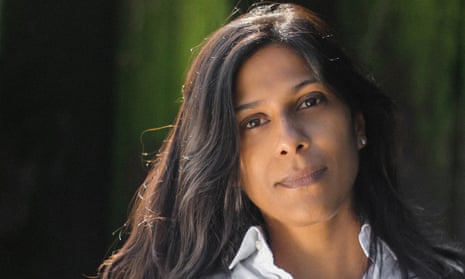
Comments (…)
Sign in or create your Guardian account to join the discussion